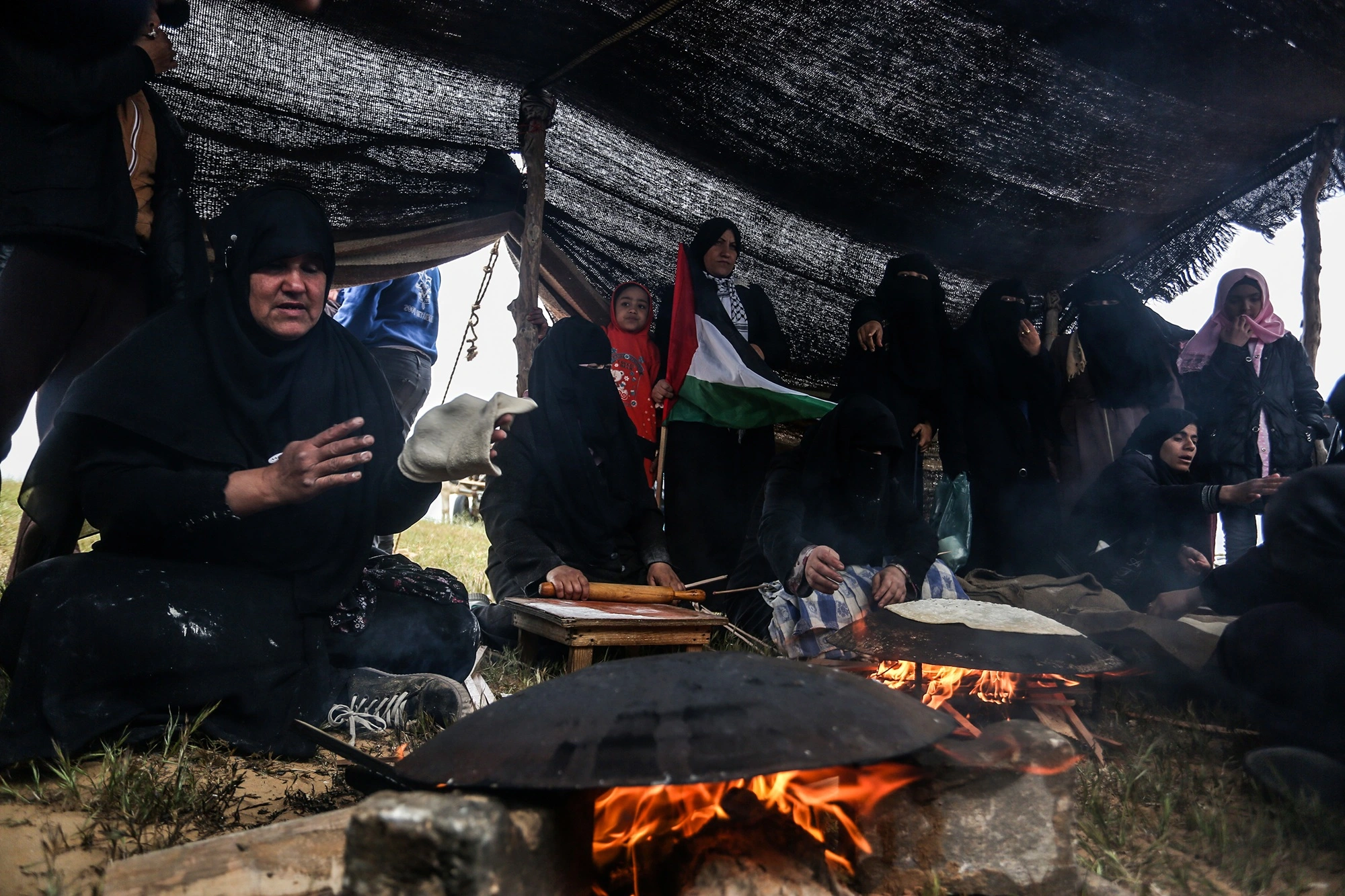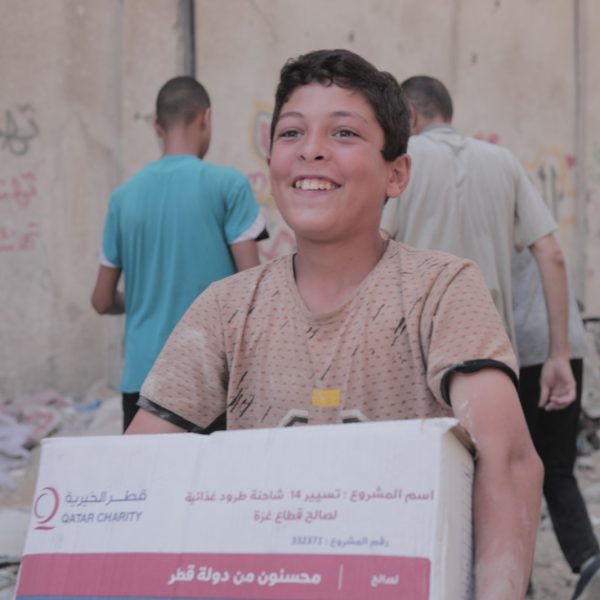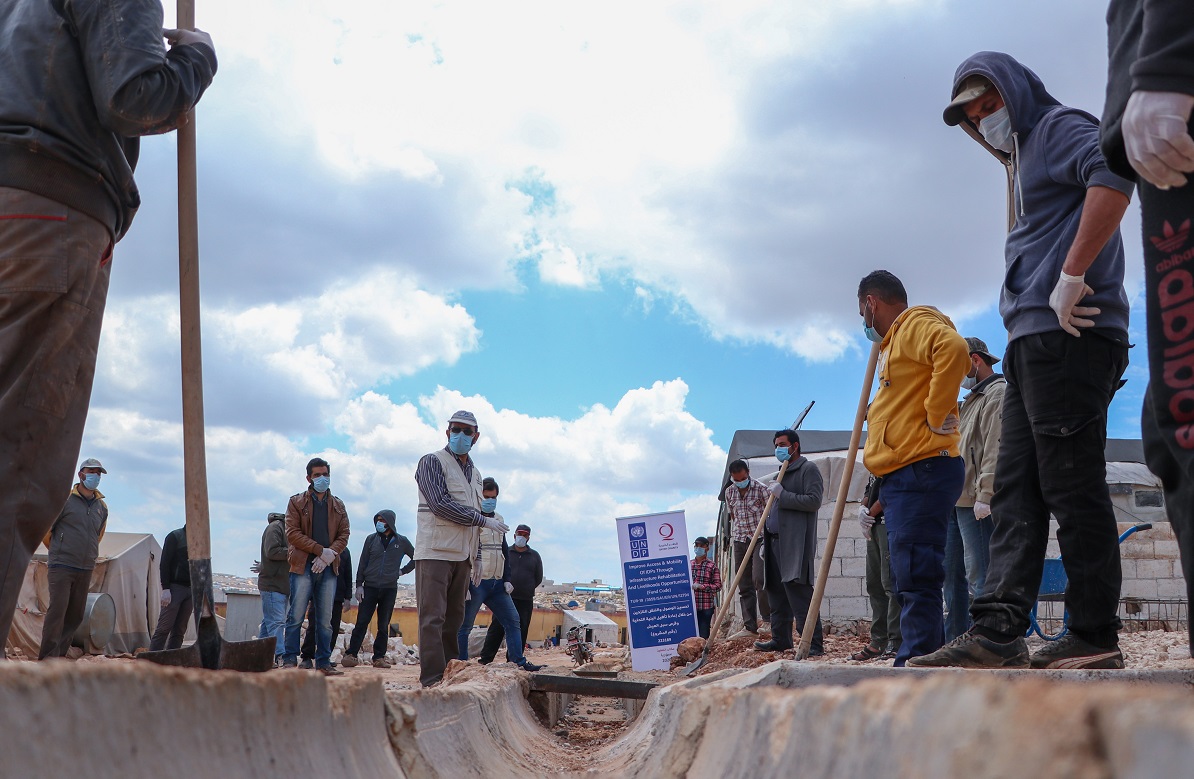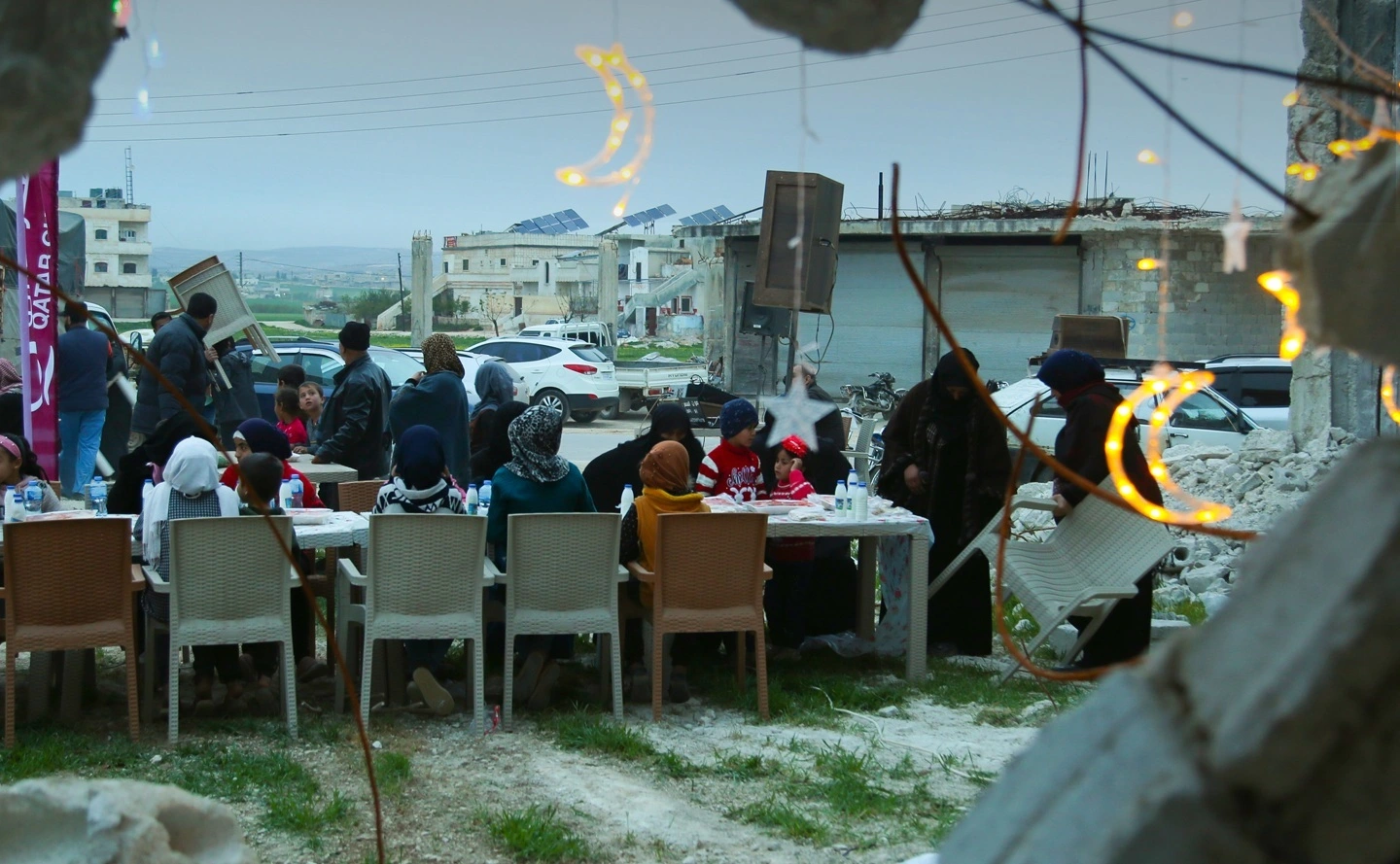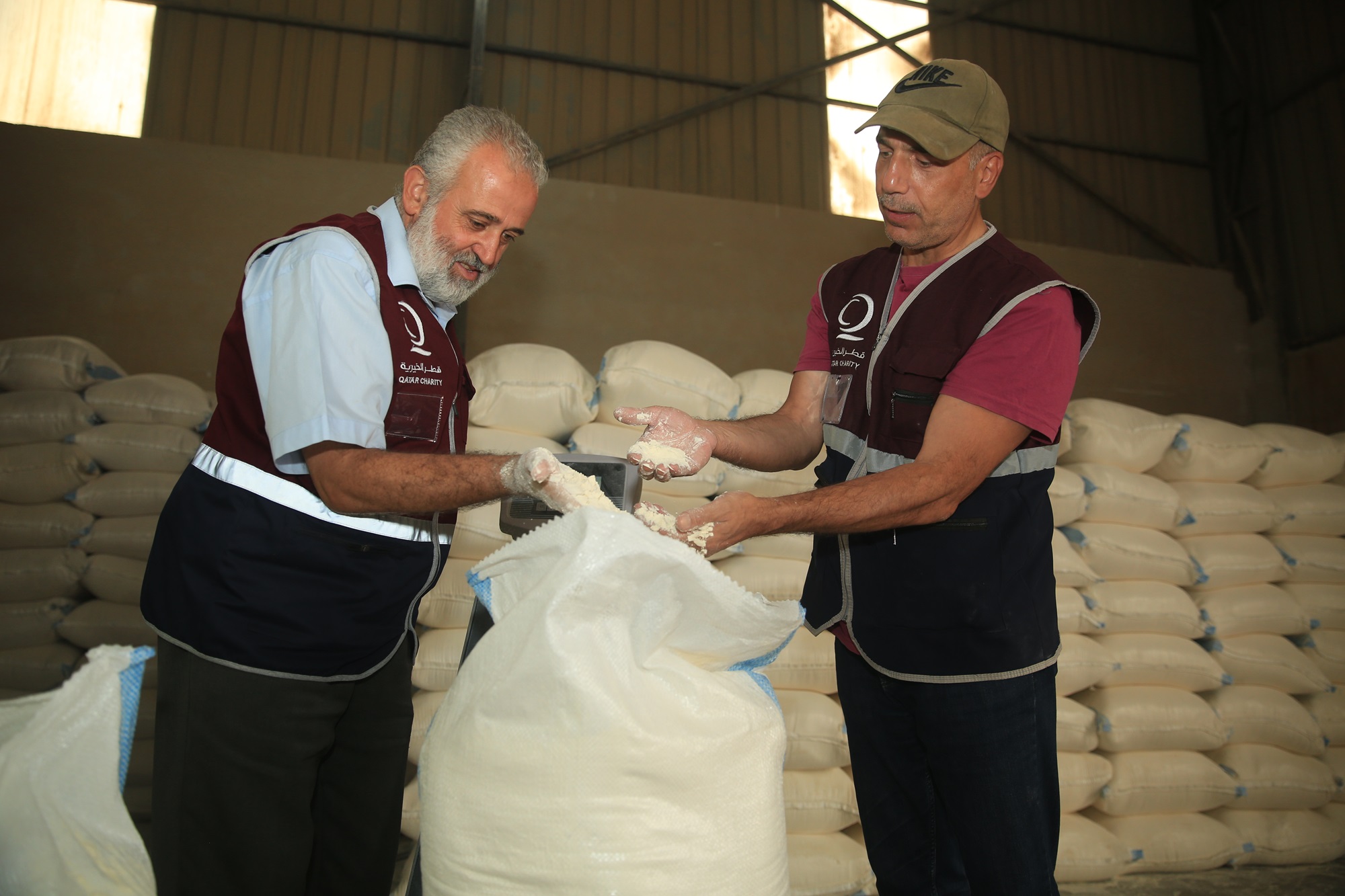As the chill of winter blankets regions around the globe, millions of people worldwide face unparalleled humanitarian crises. Conflict, persecution, and natural disasters have displaced millions, leaving them without access to basic necessities, especially in Gaza and Sudan. Therefore, the plight of vulnerable populations in conflict-hit and disaster-affected regions highlights the critical need for winter relief campaigns. These initiatives serve as lifelines for millions, offering warmth, safety, and hope amid freezing conditions and economic hardships.
Table of contents
Gaza & Sudan
According to a UN report, “at least 1.9 million people – or about 90 per cent of the population – across the Gaza Strip are internally displaced. Many have been displaced repeatedly, some 10 times or more.” Another international report said that about 96 percent of the population in the Gaza Strip face high levels of acute food insecurity.
Meanwhile, a UNRWA report highlights that “The humanitarian crisis in Sudan continues to spiral, with millions of people in desperate need of assistance. The conflict has displaced over 11 million people, both internally and across borders, while pushing millions more into extreme vulnerability, particularly children.” A total of 25.6 million people is in the high levels of acute hunger (IPC Phase 3+), according to another report.
These worsening situations mean that a staggering number of people in Gaza and Sudan lack basic necessities to shield them from harsh winter, especially in Gaza where recent rains have flooded the camps housing internally displaced persons (IDPs).
Besides, hypothermia, respiratory infections, and other winter-related ailments claim countless lives each year, particularly among children and the elderly. Without timely intervention, these challenges multiply, exacerbating food insecurity and limiting access to education and livelihoods.
Winter-Specific Needs
Displaced individuals often lack basic necessities such as insulated shelters, warm clothing, blankets, heating supplies, food, clean water, and access to healthcare. Without adequate shelter or safety measures, vulnerable populations, including women and children, are at increased risk of further harm. Efforts to provide relief must address both their immediate physical needs and ensure their safety and dignity in such precarious conditions.
Call to Action
Winter campaigns demonstrate the commitment of humanitarian and charitable organizations to supporting those in need. By launching winter relief campaigns, these organizations can play a pivotal role in mitigating winter hardships faced by IDPs, refugees, and other needy communities globally. They can educate global audiences about the dire situations faced by vulnerable populations through campaigns and storytelling, aiming to raise funds for them. The NGOs should partner with governments, corporations, and individual donors to expand financial and material aid, in addition to engaging local communities to ensure appropriate and sustainable aid delivery.
How You Can Help
To make a winter campaign successful, you can do the following:
1. Donate: Financially support the campaign.
2. Volunteer: Join a winter campaign-related team to help distribute aid.
3. Spread the Word: Share a message on social media.
Expressions of Humanity
Winter campaigns are more than acts of charity; they are expressions of humanity and solidarity. In a world grappling with increasing humanitarian crises, let us not forget the millions braving the cold without the means to stay warm. Together, through compassion, innovation, and cooperation, we can bring warmth and hope to those who need it most.


